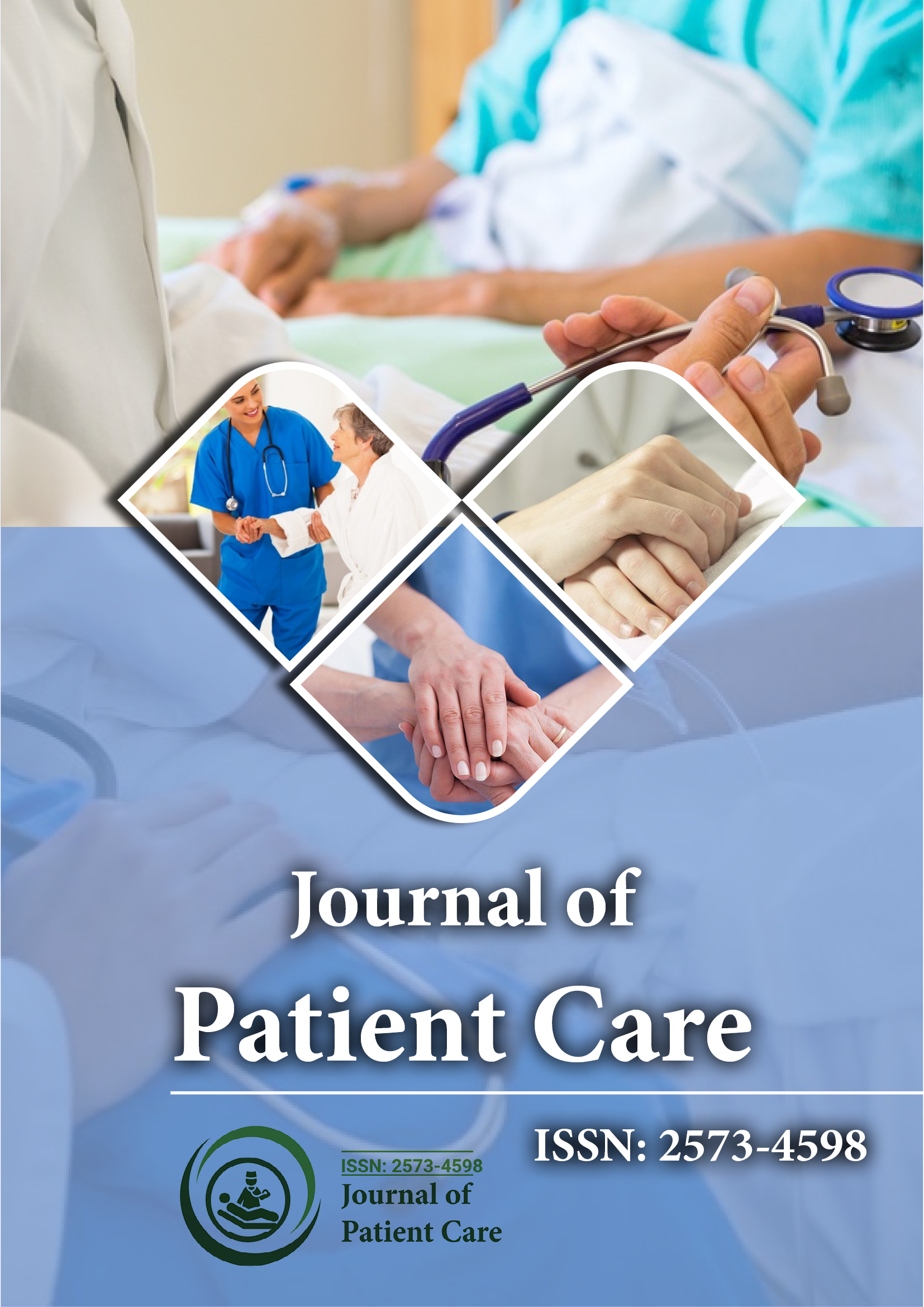Indexed In
- RefSeek
- Hamdard University
- EBSCO A-Z
- Publons
- Geneva Foundation for Medical Education and Research
- Euro Pub
- Google Scholar
Useful Links
Share This Page
Journal Flyer

Open Access Journals
- Agri and Aquaculture
- Biochemistry
- Bioinformatics & Systems Biology
- Business & Management
- Chemistry
- Clinical Sciences
- Engineering
- Food & Nutrition
- General Science
- Genetics & Molecular Biology
- Immunology & Microbiology
- Medical Sciences
- Neuroscience & Psychology
- Nursing & Health Care
- Pharmaceutical Sciences
Commentary - (2023) Volume 9, Issue 5
Life-Saving Innovations: Advancements in Critical Care Medicine
Carol Hume*Received: 01-Sep-2023, Manuscript No. JPC-23-23139; Editor assigned: 04-Sep-2023, Pre QC No. JPC-23-23139 (PQ); Reviewed: 18-Sep-2023, QC No. JPC-23-23139; Revised: 25-Sep-2023, Manuscript No. JPC-23-23139 (R); Published: 02-Oct-2023, DOI: 10.35248/2573-4598.23.9.252
Description
Critical care is a medical specialty that plays a vital role in the healthcare system, providing intensive medical treatment to patients with life-threatening illnesses or injuries. This field of medicine has evolved significantly over the years, incorporating advanced technologies, specialized training, and evidence-based practices to improve patient outcomes. Critical care is a multidisciplinary field that involves a team of healthcare professionals working collaboratively to provide the best possible care for critically ill patients. Critical care nurses play a major role in patient care. They monitor patients, administer medications, assist with procedures, and provide emotional support to both patients and families. These professionals manage mechanical ventilation and ensure optimal respiratory function in critically ill patients. Pharmacists in the ICU help with medication management, ensuring that patients receive the correct doses of necessary drugs while avoiding potential adverse effects. Proper nutrition is essential for recovery. Nutritionists work to create specialized dietary plans for each patient. They aid in the rehabilitation of patients, helping them regain physical function and independence.
Social workers address the psychosocial aspects of critical illness, assisting patients and their families in navigating the emotional and logistical challenges that arise. The coordination and collaboration among these professionals are essential for delivering comprehensive care modified to each patient's unique needs. Ventilators have become highly advanced machines that can deliver precise levels of oxygen and monitor a patient's respiratory parameters. This technology is vital for patients with severe respiratory failure. Devices like arterial lines and central venous catheters enable continuous monitoring of a patient's blood pressure, heart rate, and other vital parameters. This information helps clinicians make real-time decisions about treatment. CRRT machines are used to support patients with acute kidney injury by continuously filtering their blood, removing waste products, and maintaining electrolyte balance. Telemedicine has become increasingly important in critical care, allowing specialists to consult remotely, access patient data, and provide expert guidance in real-time, even for patients in remote locations. Bedside ultrasound has become a valuable tool for intensivists, enabling rapid assessment of cardiac function, lung pathology, and other critical conditions. EHRs have streamlined the management of patient data, making it easier for critical care teams to access medical histories, test results, and treatment plans. AI algorithms can assist in predicting patient deterioration, optimizing medication dosages, and analyzing vast amounts of patient data to improve decision-making.
These technological advancements have not only improved patient outcomes but also enhanced the efficiency and effectiveness of critical care delivery. There is often a scarcity of critical care resources, such as ICU beds and ventilators. The allocation of these resources can become ethically and emotionally challenging during times of crisis, such as the COVID-19 pandemic. The demanding nature of critical care can lead to high rates of fatigue among healthcare professionals. Long working hours, emotional stress, and exposure to traumatic events can take a charge on the well-being of the critical care team. Critical care is expensive due to the need for specialized equipment and highly trained team. This can lead to financial burdens for patients and healthcare systems. Critical care often involves making complex decisions with high support. Ethical dilemmas can arise when considering issues such as end-of-life care, resuscitation, and organ transplantation. Hospital-acquired infections, including those in ICUs, remain a significant concern.
The emergence of antibiotic-resistant bacteria further complicates the treatment of critically ill patients. There are disparities in access to critical care, with marginalized communities often receiving suboptimal care. Addressing these disparities is a critical challenge in the field. Advances in genomics and personalized medicine will allow for more modified treatments, optimizing care for individual patients. The expansion of tele-ICU programs will enhance access to critical care expertise, particularly in underserved areas. AI algorithms will continue to evolve, assisting clinicians in diagnosis, treatment planning, and predicting patient outcomes. Developing and refining ethical frameworks for resource allocation and end-of-life care will be critical in ensuring fair and compassionate decision-making. The global healthcare community will increasingly collaborate to address critical care challenges, including pandemics and resource disparities. There will be a growing emphasis on patientcentered care, involving patients and families in decision-making and care planning.
Conclusion
Critical care has progressed from its historical origins, evolving into a dynamic and technologically advanced medical specialty. The dedicated teams of healthcare professionals who work endlessly in ICUs play a pivotal role in saving lives and improving patient outcomes.
Citation: Hume C (2023) Life-Saving Innovations: Advancements in Critical Care Medicine. J Pat Care. 9:252.
Copyright: © 2023 Hume C. This is an open-access article distributed under the terms of the Creative Commons Attribution License, which permits unrestricted use, distribution, and reproduction in any medium, provided the original author and source are credited.
